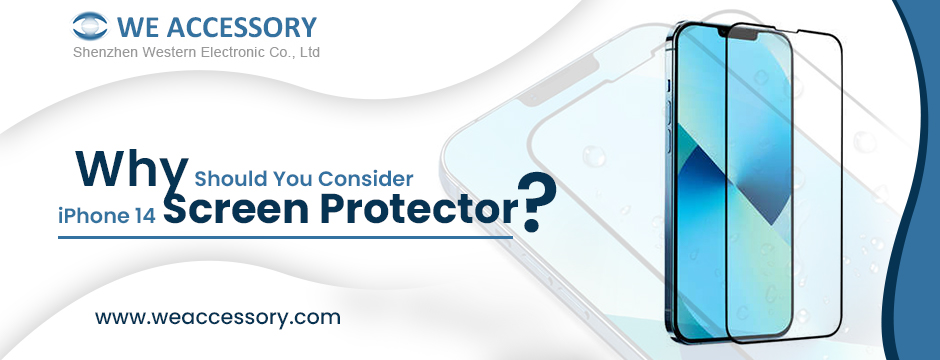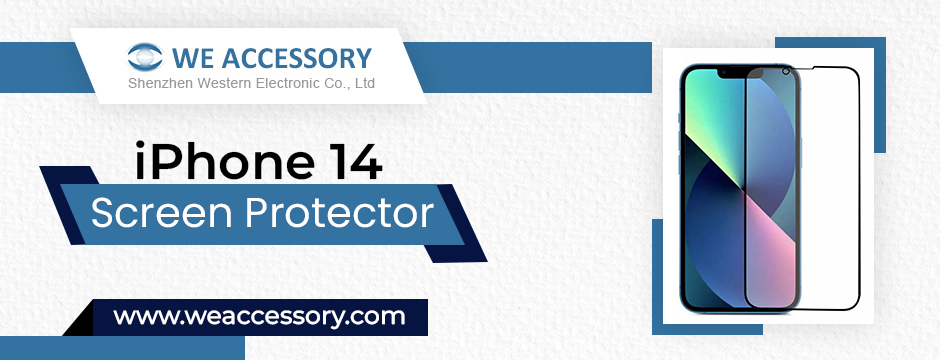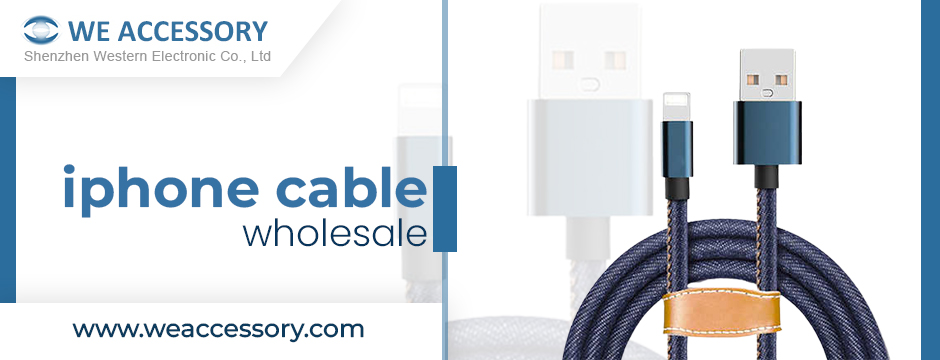Address:2F, Block A2, Nanchang Industrial area, Xixiang Town,Bao'an District, Shenzhen
Tel: +86-755-36818832
Mobile/Whatsapp: +86-15919800304
Email: sales@weaccessory.com
Skype: sunny.law86





Apple outfitted the iPhone 14 with a brilliant and crisp XDR display, but how resistant is it to scratches and cracks? The very durable glass that covers the screen has improved significantly over the years, so it’s debatable if a screen protector is still essential. In a video presented during Apple’s launch event, the iPhone 14 was dropped and picked up to demonstrate its durability.
Another factor to consider is if the iPhone 14 is waterproof. It is, and it has an IP68 certification for ingress protection. The second digit is generally the most important since it represents water resistance. The ‘8’ indicates that a gadget can be immersed underwater for one meter or more. Apple’s newest model has been tested to resist a drop of six meters for up to 30 minutes, which is excellent. The first number refers to dust resistance, and the iPhone 14 has a ‘6’ rating, suggesting that no dust may enter the device. This is really rather typical for a premium smartphone.
Water and dust are prevented from entering the iPhone 14 and destroying the components, however this does not guarantee that water and dust will not harm the outside portions, such as the camera lens, body, and screen. Water, on the other hand, isn’t an issue as long as it’s clean. If saltwater and pool chemicals are not washed away, they may cause damage in the long term. While ordinary glass is readily damaged, Apple has used sapphire glass over the camera lenses for numerous years. This is a costly material, but because it is impact and scratch resistant, it is ideal for camera protection. The frame is made of aluminum, which is noted for its durability, however small scratches might build over time. Ceramic Shield glass protects the screen and is among the hardest available — equivalent to or better than the finest Gorilla Glass. Although it is difficult to shatter, it may still be damaged, therefore an iPhone 14 Screen Protector is worth considering for people who want to further ensure the protection of their device.

Apple collaborated with Corning, the maker of Gorilla Glass, to create Ceramic Shield for the iPhone 12. This is an extremely strong material that incorporates small ceramic crystals that are positioned in such a manner that light may still pass through. The iPhone 14 and 14 Pro feature the same sophisticated formulation. However, because it is still glass, it retains the qualities that make it prone to scratches. The screen has a Mohs mineral hardness rating of 5 to 6, and it, like any glass, can be scratched by items measuring 6 Mohs or higher.
That implies that certain gemstones, as well as tougher glass, such as the sapphire glass on the camera lens, can leave a trace on the face of an iPhone 14. More crucially, despite the robustness of Ceramic Shield, silicon dioxide, sometimes known as sand, will damage an iPhone 14. Because sand is frequently a component of dirt, using a screen protector with an iPhone 14 is definitely a good idea unless utilized in a highly clean environment.
What’s the good news? Screen covers for the iPhone 14 can be found almost anyplace. There are many more options on third-party websites such as We Accessory. They also offer the best iPhone cable wholesale. It’s not rare to discover less expensive screen protectors, whether they’re made of film or tempered glass. Just make sure you get from a trustworthy brand, and you’ll be able to protect the iPhone 14’s screen in no time.

A screen protector, particularly one made of tempered glass, can give an important layer of protection to the display of an iPhone 14. While there have been several reports of individuals dropping their iPhones and discovering the tempered glass protector smashed but the screen unharmed, the truth is that a screen protector only protects the front of an iPhone. The rear of an iPhone 14 is likewise constructed of glass, making it susceptible to cracks and scratches. The only true method to protect the rear panel is to use a case. If the purpose is to protect the display from drops, purchasing an iPhone case sensibly can avoid the need for a screen protector. Of course, it will not protect the display of your iPhone 14 from scratches if it comes into touch with keys or sharp objects.
Even if the iPhone falls face down on a hard surface, a decent quality iPhone cover with raised bumpers on the front can keep the screen from breaking. Apple provides various official cases that will suffice, and third-party companies such as We Accessory are also quite dependable. At the end of the day, an iPhone is a costly investment, and with repair costs reaching hundreds of dollars without an AppleCare+ plan, it’s worthwhile to have one. While a solid cover by itself may provide excellent protection for an iPhone, utilizing both a case and an iPhone 14 Screen Protector is the best chance for shatter-proofing your smartphone.